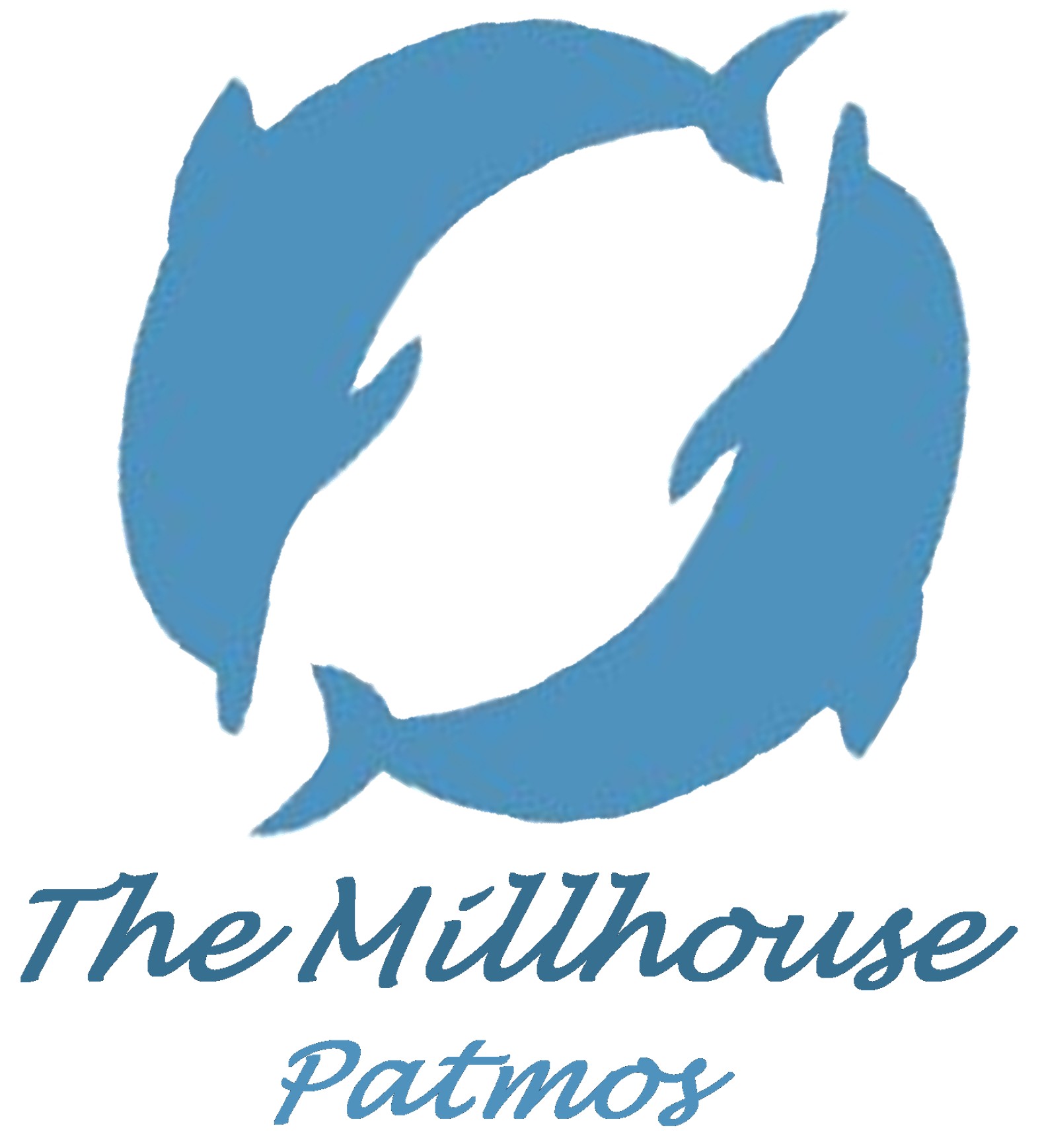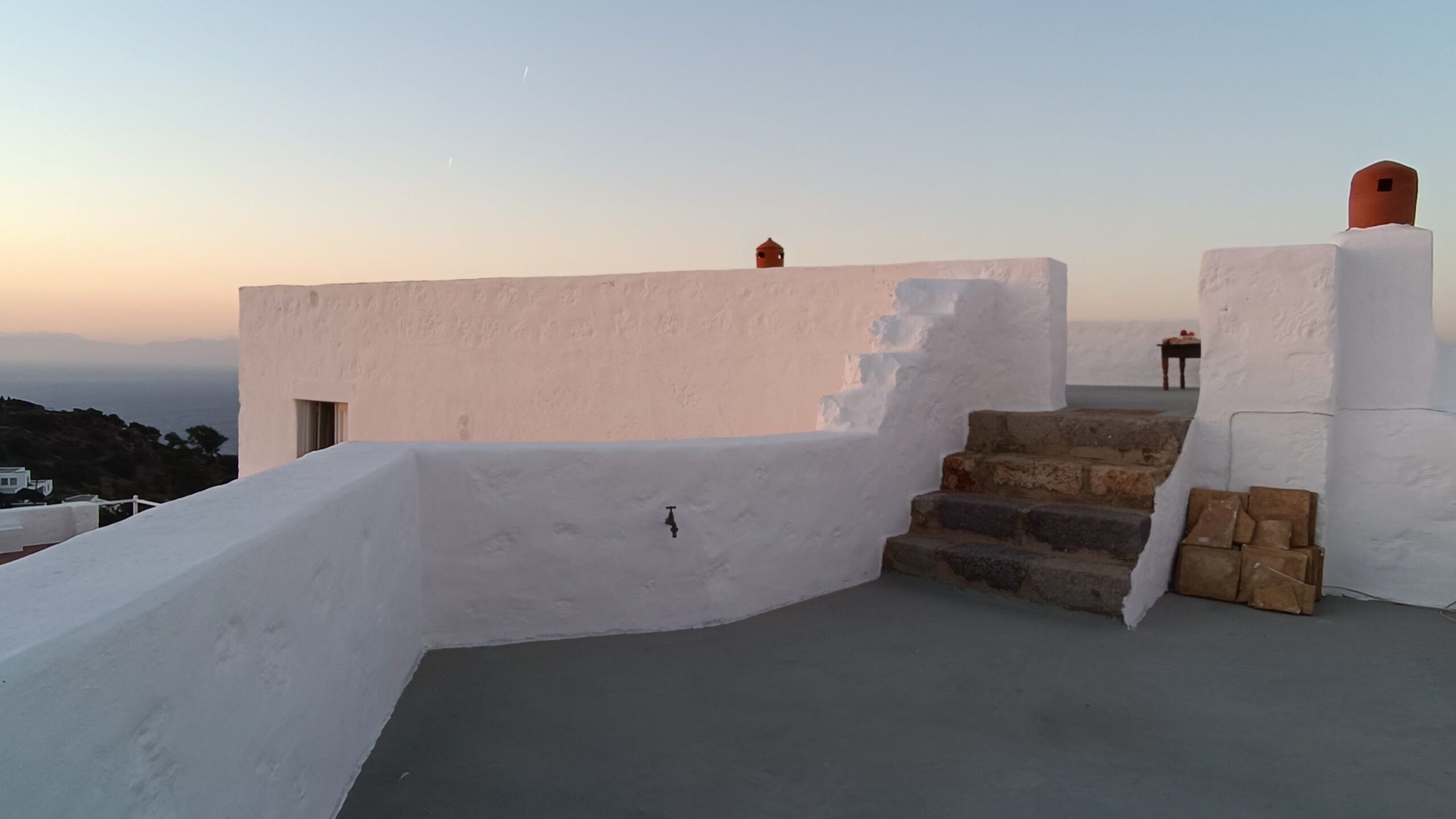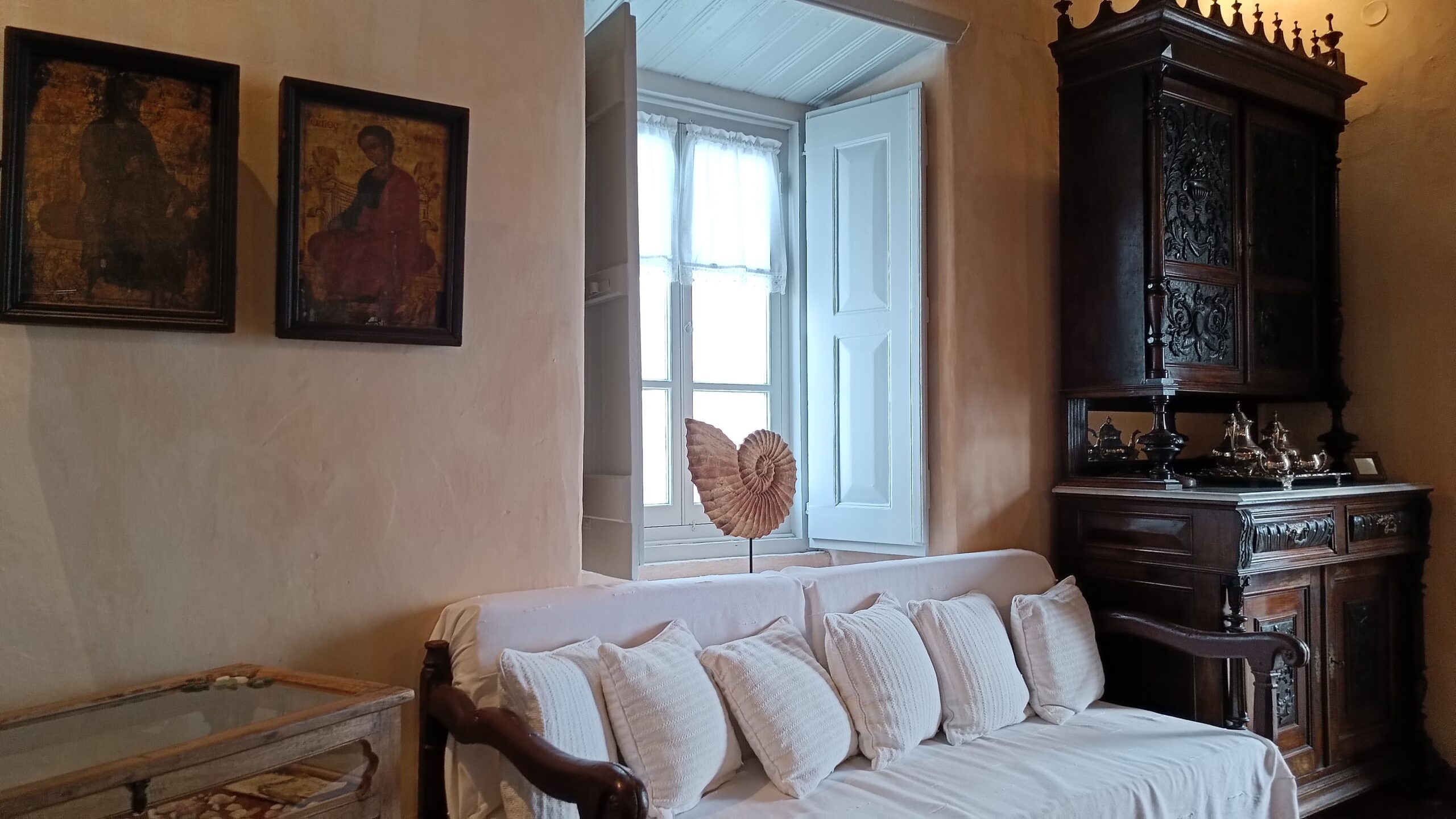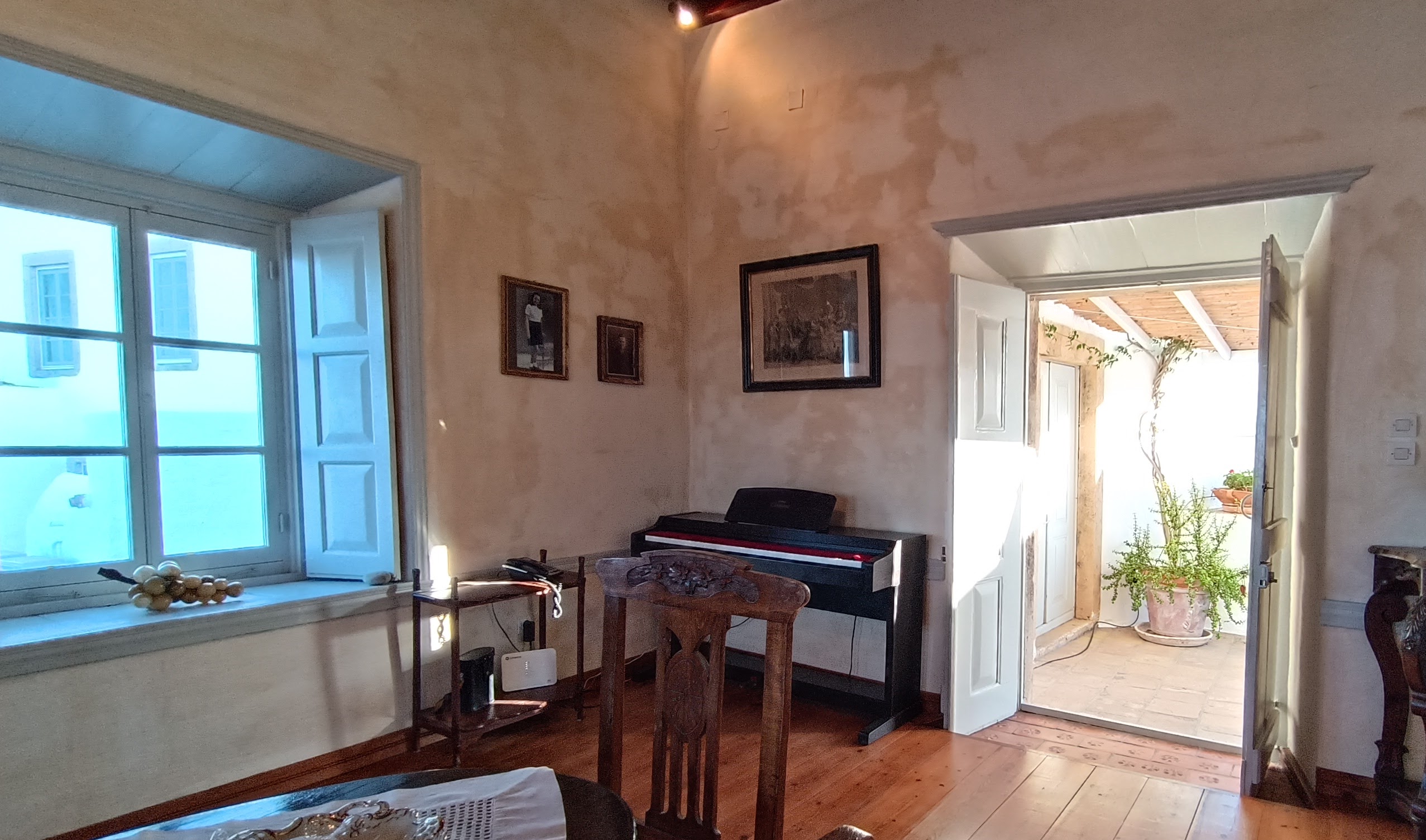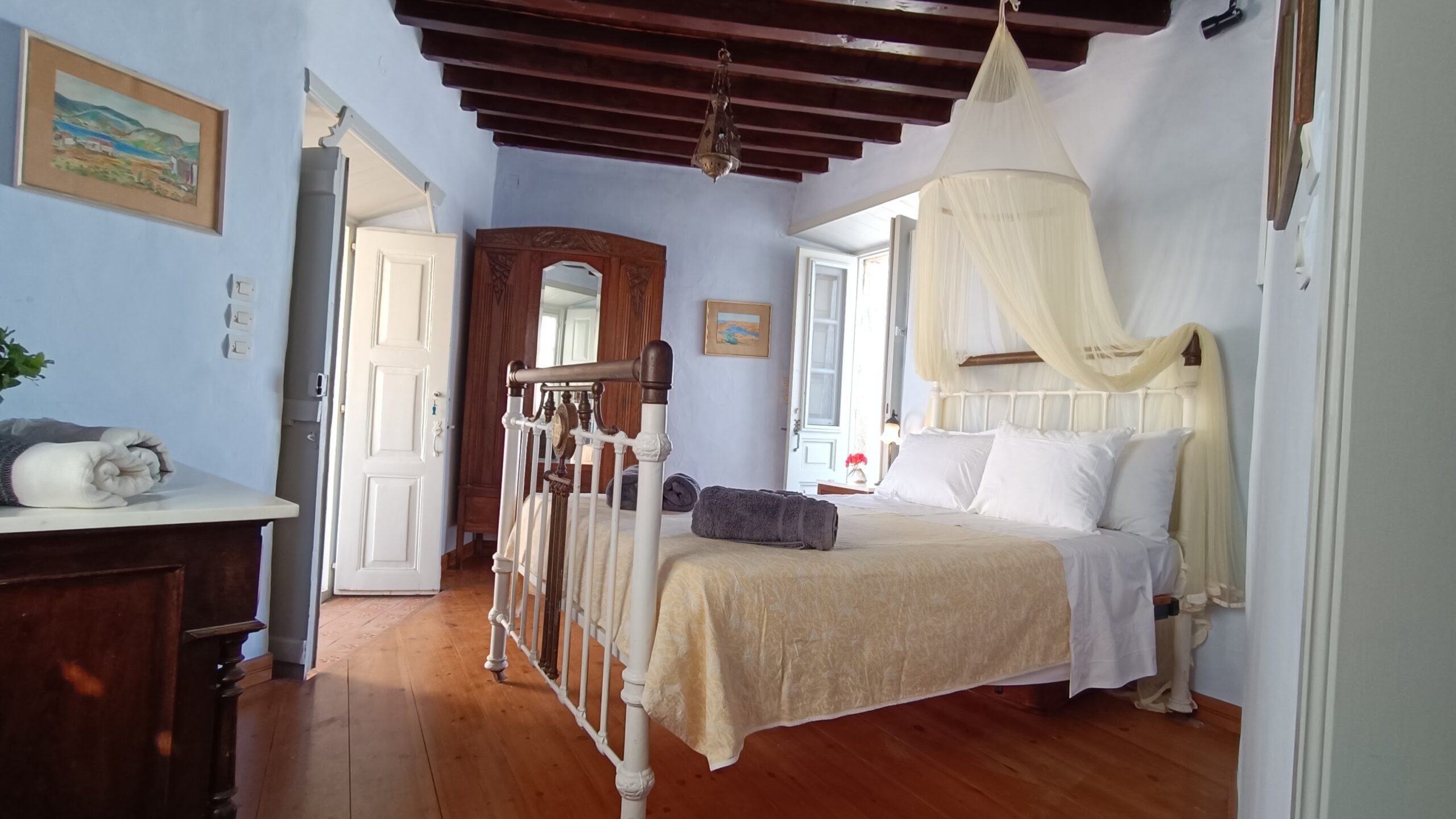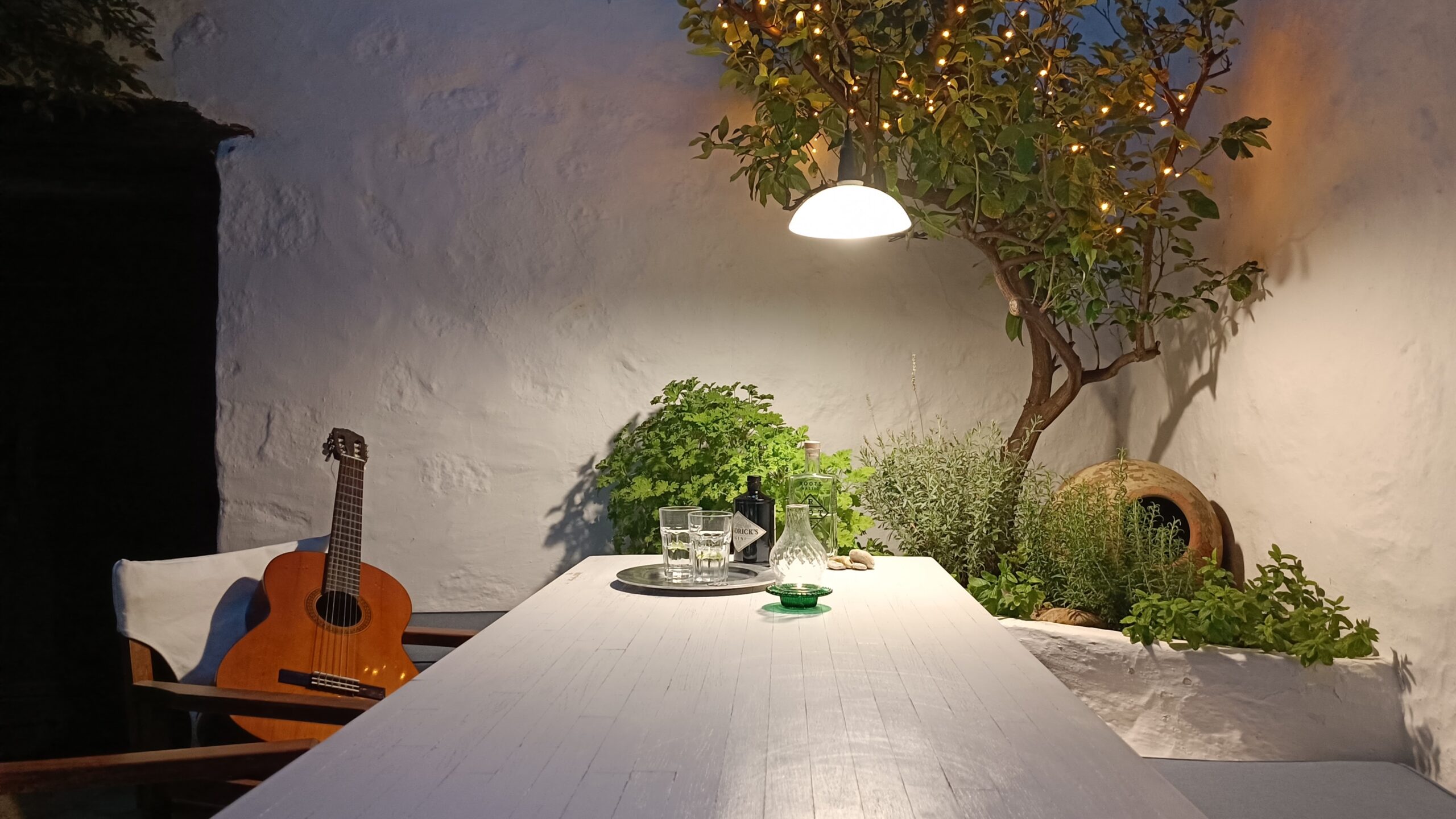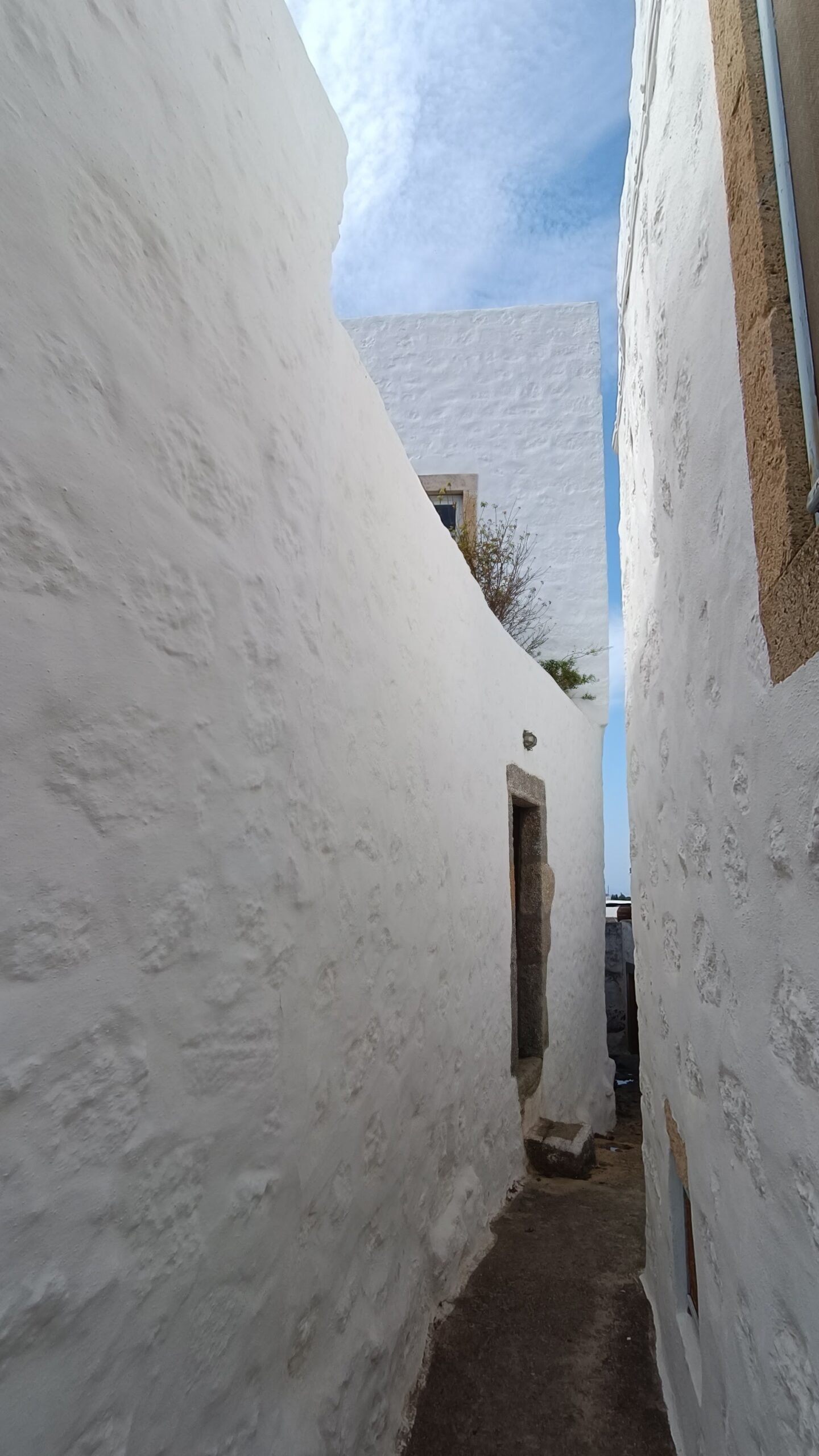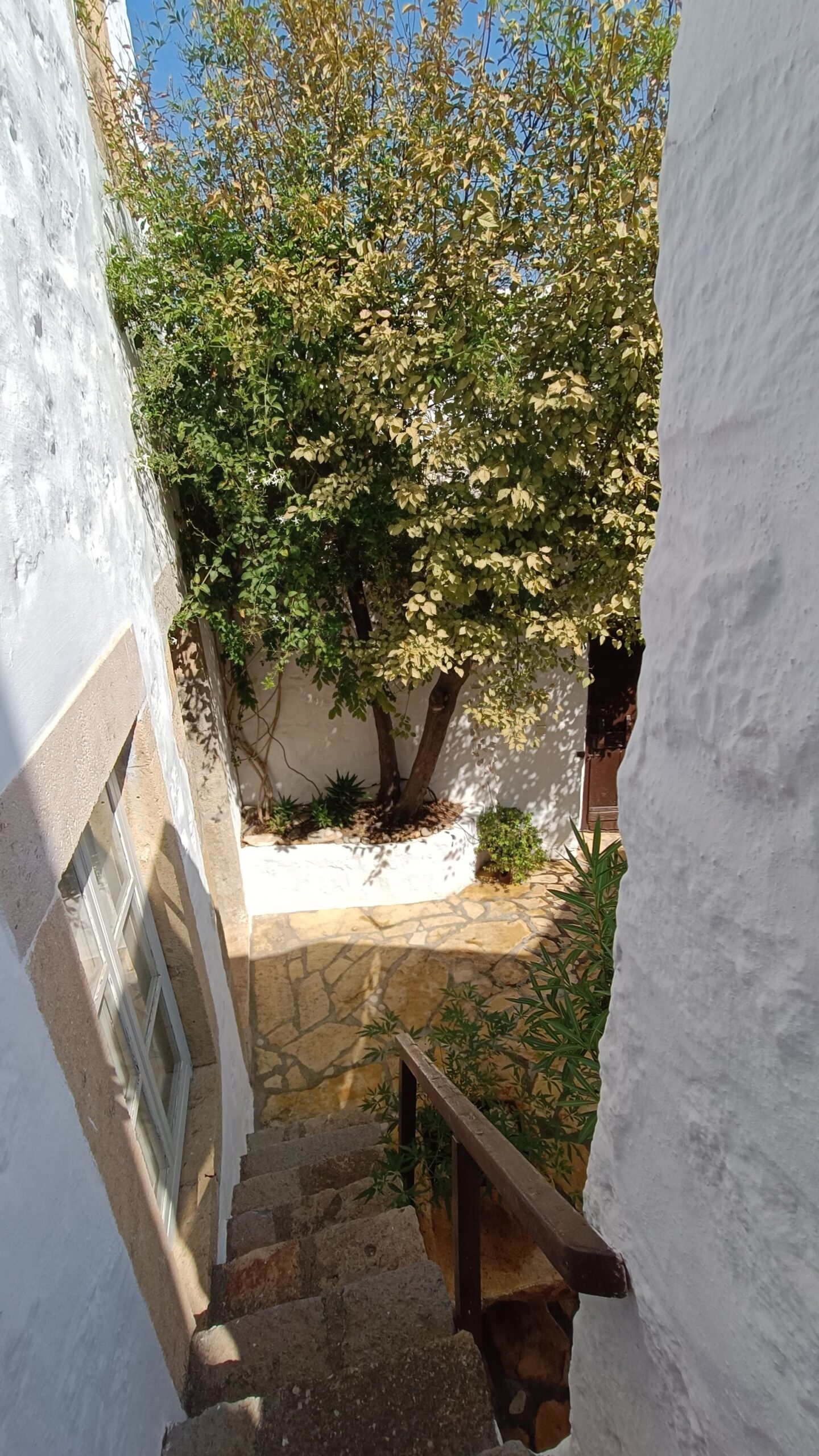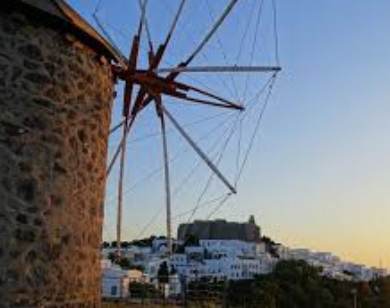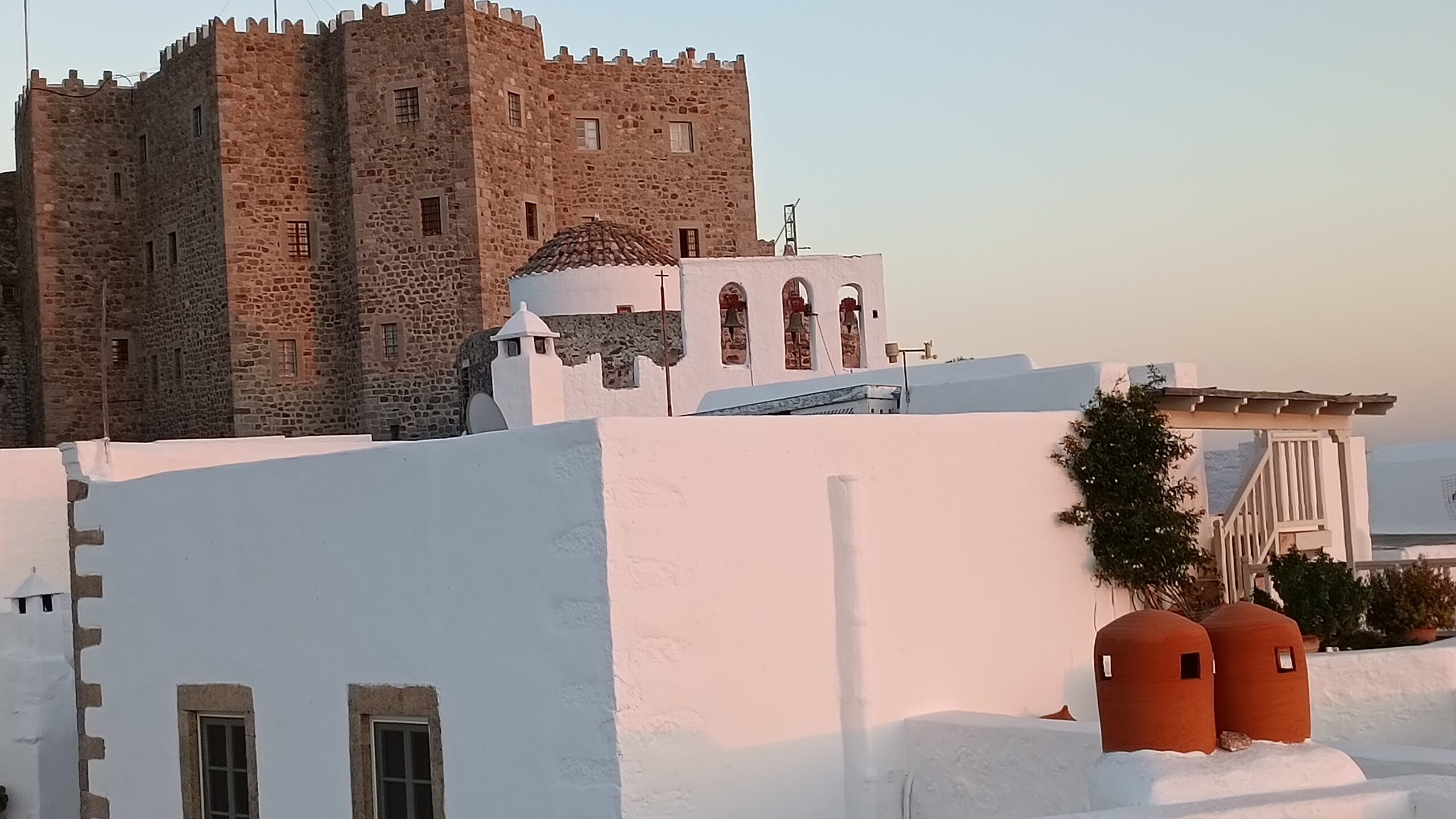About Patmos
Notes from the owners…
This is the island of Patmos, the northernmost island of the Dodecanese in the Aegean sea. This is where our family roots are, and where the home of our ancestors lie: in the historic settlement of Chora, surrounding the 11th century Monastery of St John the Theologian, a few hundred yards from the cave of the Apocalipse.
The island was granted world heritage status by Unesco in 1998. As the official statement read: “There are few places in the world where religious ceremonies that date back to early Christian times are still practised unchanged. The monastery the Cave of the Apocalypse and the medieval town constitute an exceptional example of a traditional Greek Orthodox pilgrimage centre of outstanding architectural interest.”
Through the years, Patmos has been a place of reverence, of relaxation and joy for us and our guests. We return every year, since our childhood, to discover that the island, and the Byzantine village of Chora where we reside, retains its authenticity, unique character and sense of wonder. The peaceful, serene atmosphere of Chora is an ideal setting for peaceful contemplation, and its streets a safe haven for our children. The stunning views we enjoy from our family houses, situated right in the front of the historic settlement, is a unique treat that we cherish and are grateful for.
About Patmos
The oldest settlement of Patmos is on the Castelli Hill – the walls of the old Acropolis with its remains of the temples of Apollo and Dionysus and a hippodrome dating from the 6th and 4th centuries BC can still be seen. But it is the religious history of Patmos that is truly remarkable.
Patmos became St John’s home “because of the word of God and the testimony of Jesus” (Revelation 1:9) . Tradition has it that John was taken to Rome where he was thrown into boiling oil at the Latin Gate, emerging unscathed, and was then exiled to the island.
He is believed to have lived in what we now know as the Cave of the Apocalypse and the voice of God is said to have issued from a crack in the wall. The cave is now surrounded by a monastery complex and every niche and hollow has its own story relating to John, including a three-fold seam in the ceiling which apparently appeared during the Revelation and represents the Trinity.
The Christian presence on Patmos can be traced back virtually unbroken to the time of St. John.
Patmos has had one of the most important and best-organised libraries in Christendom for nearly a thousand years, since the foundation of the monastery in 1088 by a monk named Christodoulos (Slave of Christ). This remains a live tradition now days, making the library one of most attractive sources for researchers around the globe. For security, the monastery only has two entrances and the town is deliberately labyrinthine to confuse attackers.
In general, Chora is well worth walking around. It is built like a labyrinth to keep the pirates away, and has many nice houses and little shops. In Chora also is the home and of Emmanuel Xanthos one of the founding members of the Society of Friends that was the first revolousinary organisation during the war of Indipendence in Greece.
Whether you are interested in history and religion or not, the Monastery of St. John is a must. Its real name is Agios Ioannis o Theologos (“St. John the Theologist”) and it looks like a huge fortress above Chora. In fact, it was built as a fortress in the 16th century, since the island needed some sort of defense when pirates attacked.
In the monastery you can visit the Byzantine church decorated with exquisite style frescoes and the Byzantine icon of St John, donated to the monastery by the empiror of Byzantium Alexios Komninos, in a crypt inside the the church are the relics of the blessed monk Christodoulos , worth to see also is the treasury and the museum. The two chapels next to the church of St. John are dedicated one to the Virgin Mary and the other to the blessed Christodoulos.
The Cave of Revelation lies between Chora and Skala and is where St. John had his vision. There is a crack in the roof where Jesus appeared to him and John dictated his vision to his disciple Prochorus. In the cave you can see a cross engraved on the rock which according to tradition, was made by Saint John. The Cave is surrounded by the monastery, which stands out with its white colour. A few steps carved in the rock leads in to the monastery. The Cave is at the lowest level of the monastery of St. John, and you can go there passing from the chapels of St. Nicholas, St. Artemios and St. Anna, which is next to the Cave.
The Nunnery of Zoodochos Pigi (“Life-giving Source”) lies in Chora and can sometimes be visited, but the most active nunnery is outside the village and is called Evangelismos.
When visiting all of the above, make sure you are dressed properly: women must wear long skirts and have covered shoulders, men must wear long trousers.
If you are up for a climb, visit the monastery of Profitis Elias (“Prophet Elias”) where you’ll get a fantastic view since it is the highest point of the island (269m). On a clear day you’ll see as far as the islands of Lipsi, Leros and futher to Turkey.
In Kastelli hill are the ruins of the ancient citadel of the ancient capital of the island with a fortification wall and the foundations of three towers. The foundations of an ancient temple dedicated to Apollo are near to the church of St. Constantine.
The Mill House
Chora Patmos
